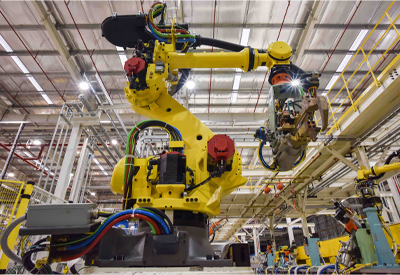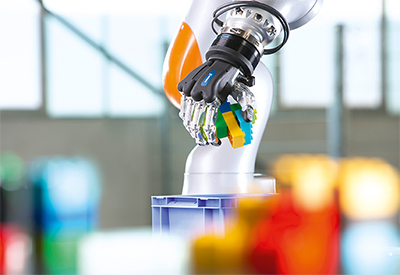A world without downtime

March 13, 2018
Utopias are common in fiction, from Plato’s The Republic to The Federation in Star Trek. For manufacturers, a world without unplanned downtime would be the perfect utopia. The question is, is abolishing unplanned downtime a far-fetched dream, or is it closer than we think? Here, Jonathan Wilkins, marketing director of obsolete industrial equipment supplier, EU Automation shares his vision for a downtime free age.
According to research by Oneserve, machine downtime is costing British manufacturers over £180 billion a year. Unplanned downtime halts production, but can also lead to wasted raw materials or damage to the system itself – amplifying the cost beyond loss of production. Further research conducted by GE Digital found that 70 per cent of companies lack full awareness of when equipment is due for maintenance, upgrade or repair.
These figures are worrying, as unplanned downtime is having a huge impact on productivity and causing major losses to the economy. Manufacturers must be aware of when maintenance is required in order to lower this figure.
Does it have to be this way?
Machines break down — it’s an unfortunate fact of everyday life. However, there are signs of machine failure that can be monitored and managed. For example, vibration analysis or analysing the speed of machines can provide insight into the condition of equipment, indicating that it may be about to break down. Proactively monitoring equipment and scheduling maintenance in advance can drastically reduce the risk of machine breakdown, which is why preventative maintenance is taking manufacturing by storm.
What does preventative maintenance mean for downtime?
Gone are the days when manufacturers must take a run to failure, calendar or usage-based approach, which involves waiting for a motor to fail or a heat transfer system to leak before taking action. Plant managers can now plan regular inspections, upgrades and troubleshooting on equipment to avoid breakdowns.
This is good news — Industry 4.0 is increasing manufacturers’ capabilities to a stage where maintenance can be data driven. Information collected by sensors on the factory floor can be relayed to a plant manager and used to make real-time decisions on servicing and maintenance. Using a digital twin, a virtual representation of a factory’s operations, combined with machine learning software, could allow the system to identify and plan for faults in advance.
In future, this could involve a system self-diagnosing and self-repairing – ordering a replacement part or machine from an automation equipment supplier and planning automated maintenance.
Could zero downtime ever be possible?
Manufacturers seem to think so – eight in ten companies surveyed by GE Digital thought digital tools could eliminate unplanned downtime and 72 per cent of organisations said that zero unplanned downtime is a high priority.
Taking a proactive approach to maintenance is the best way to reduce your company’s risk of unplanned downtime. As Industry 4.0 develops and more connected sensors, digital twins and machine learning software are developed and implemented, downtime will reduce. We may be a way away from the perfect paradise, but we are certainly on the right track.
















